Asus A8N32-SLI Deluxe: NVIDIA Dual x16 for the Athlon 64
by Wesley Fink on November 6, 2005 9:00 AM EST- Posted in
- Motherboards
Basic Features: Asus A8N32-SLI Deluxe
Yes, this is an Asus board, and not a DFI or Abit. The feature set and adjustments are extremely broad compared to any board. The names of the options are sometimes a little different and the adjustment ranges are often set up differently, but everything that an enthusiast needs to get the most from the Asus A8N32-SLI is here.
| Asus A8N32-SLI Deluxe | |
| CPU Interface | Socket 939 Athlon 64 |
| Chipset | NVIDIA nForce SPP 100 Northbridge NVIDIA nForce4 SLI Southbridge |
| Bus Speeds | 200 to 400MHz in 1MHz Increments |
| Memory Speeds | DDR200, 266, 333, 366, 400 (433, 466, 500 with Rev. E AMD) |
| PCIe Speeds | 100-200MHz on 1MHz Increments |
| NB to SB Frequency | 200-300MHz in 1MHz increments |
| PEG Link Mode | Auto, Disabled, Normal, Fast, Faster |
| PCI/AGP | Fixed at 33/66 |
| Core Voltage | Auto, 1.0V to 1.5625V in 0.0125V increments PLUS 0.2V in vCore Boost (Maximum vCore 1.7625V) |
| CPU Clock Multiplier | 4x-25x in 0.5X increments |
| DRAM Voltage | Auto, 2.6V to 3.2V in .05v increments |
| HyperTransport Frequency | 1000MHz (1GHz) |
| HyperTransport Multiplier | Auto, 200MHz to 1600MHz in 200MHz increments |
| SB to NB Frequency | 200MHz to 1600MHz in 200MHz increments |
| HyperTransport (LDT) Voltage | Normal, +0.2V |
| Northbridge Voltage | Normal, +0.2V |
| Southbridge Voltage | Normal, +0.2V |
| Memory Slots | Four 184-pin DDR DIMM Slots Dual-Channel Configuration Regular Unbuffered Memory to 4GB Total |
| Expansion Slots | 2 PCIe x16 1 PCIe x4 3 PCI Slots |
| SLI | Full Dual x16 SLI |
| Onboard SATA/RAID | 4 SATA2 Drives by nF4 (RAID 0, 1, JBOD) PLUS 2 SATA2 Drives by Sil 3132 |
| Onboard IDE/IDE RAID | Two Standard ATA133/100/66 (4 drives) |
| Onboard USB 2.0/IEEE-1394 | 10 USB 2.0 Ports by nF4 (9 on Wi-Fi model) 2 1394A Ports by TiTI |
| Onboard LAN | 2 Gigabit Ethernet PCIe Ethernet by Marvell 88E1111 PHY, Marvell 88E8053 PLUS Wireless LAN 54 Mbps on WiFi Model |
| Onboard Audio | AC '97 Realtek ALC850Codec 8-Channel Audio with 6 Auto-Sense Jacks Coaxial and Digital SPDIF on back IO |
| BIOS Revision | AMI 0301 (9/30/05) |
Yes, this is an Asus board, and not a DFI or Abit. The feature set and adjustments are extremely broad compared to any board. The names of the options are sometimes a little different and the adjustment ranges are often set up differently, but everything that an enthusiast needs to get the most from the Asus A8N32-SLI is here.
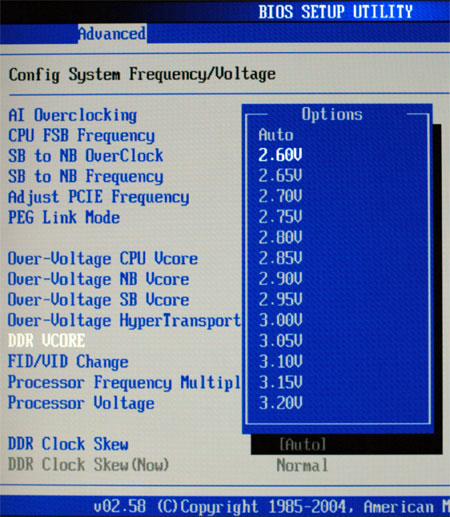
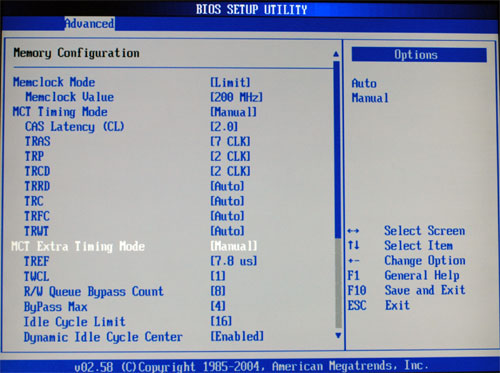
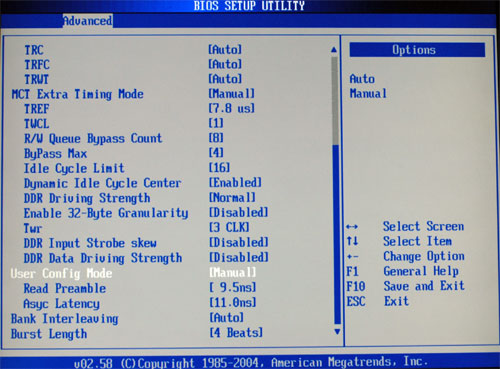
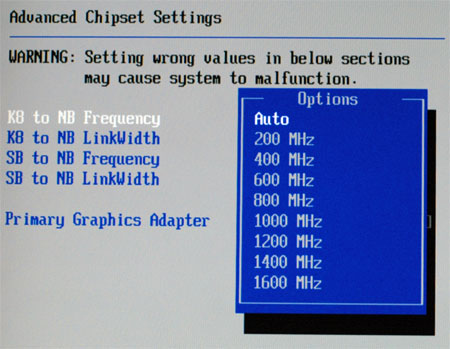
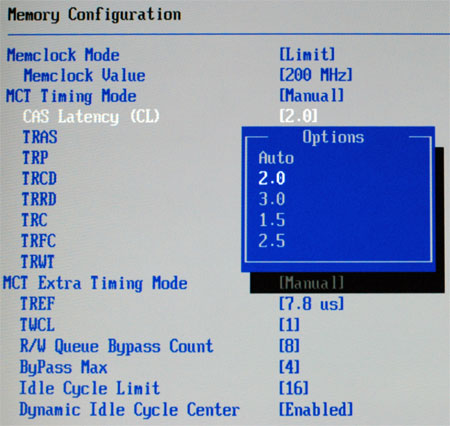










95 Comments
View All Comments
Zebo - Friday, November 4, 2005 - link
LOLLive - Friday, November 4, 2005 - link
The Techreport writes about overclocking with AMD Cool'n'Quiet here:They highlight two important bios options:
and with regards to memory overclocking:
Does this board have these options in bios?
As Techreport writes:
I must say I agree.
Link: http://techreport.com/etc/2005q4/damagebox/index.x...">http://techreport.com/etc/2005q4/damagebox/index.x...
DieLate - Saturday, November 5, 2005 - link
Can we get some official info on these questions?They're high on my list of features. I was all set to go with the DFI until I saw this review. These features may win me over if the ASUS has them too.
Live - Monday, November 7, 2005 - link
It looks like official reply is not going to happen. does anyone know if the Asus A8N SLI;Delux;Premium has this in later bios? If so I would bet this one has it aswell.Capt Caveman - Monday, November 7, 2005 - link
The latest bios for the Asus A8N-Sli Premium came out yesterday and no, it does not have this feature so I doubt the A8N32-Sli Deluxe will have this feature. Not very many overclocker's use CNQ, so I don't think there's a huge demand for this feature unfortunately.WobbleWobble - Friday, November 4, 2005 - link
I wonder if it's better than the DFI because of the PEG mode Asus implements on its motherboards, which overclocks the videocard.Wesley Fink - Friday, November 4, 2005 - link
And I disabled "PEG link" mode for our review. Asus has settings in PEG for Auto, Normal, Fast, Faster, and Disabled. We set "Disabled" because we know this trick. Asus suggests using "Faster" for review tests. On the positive side you have that additional performance waiting to be tapped.We also turn off the overclocks that are enabled when many boards arrive for review. That's the first thing we check.
psychobriggsy - Friday, November 4, 2005 - link
Really nice to see such diligence!Capt Caveman - Friday, November 4, 2005 - link
Not by 17%lopri - Friday, November 4, 2005 - link
Also, if you're running SLI with 2 dual-slot video cards, where are you supposed to put a sound card, or any PCI card? It seems like the only slot available will be, if it's possible at all, the one above the 2nd video card. Not sure how anyone's gonna be able to use any PCI card with SLI.